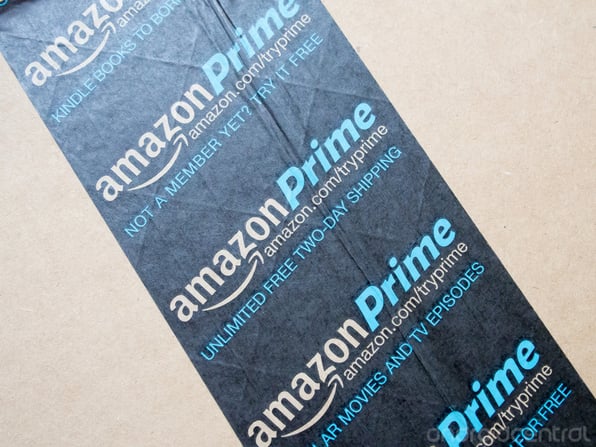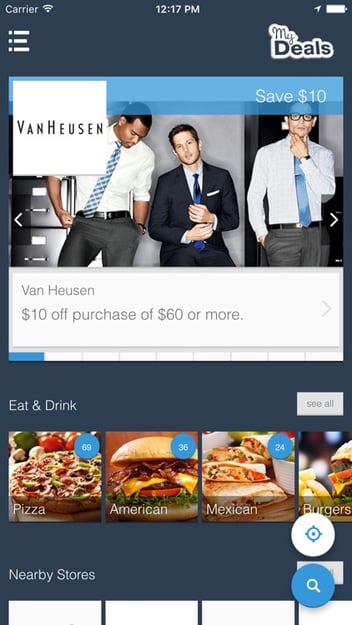Why Amazon Prime Day Was a Loyalty Program Win
Yesterday Amazon Prime Day brought the world to a screeching halt, as people fought virtual tooth and nail for cut rate deals on otherwise unattainable products.
Or not.
I’m sure there were plenty of people who jumped out of their shoes to get that Adam Sandler Blu-Ray four pack.
For certain, the day was derided by many.
Gizmodo: “...a lot of the discounts look like they fell off a truck headed to a poorly regulated flea market for sad people held in a dumpster.”
CNN Money quoted one Tweeter who said, “Now whenever something in my life goes wrong or I have a bad day, I'll say I had a #primeday.”
NY Observer: “It’s obvious that Amazon is just clearing its shelves…”
Prime Day was a fairly bold move by Amazon. There’s no shortage of “Christmas in July” sales, but few have ever come with the promise and marketing tidal wave Amazon put behind this effort.
It was destined to have its deriders, just like Black Friday or Cyber Monday.
But as far as doing something of specific value to serve members of its loyalty program? Prime Day has to be considered a home run.
-
The deals were accessible to members only (and we know the value of keeping deals to a private audience).
-
There was a mix of products offered, from the aforementioned low-end to a 50” 4K Samsung TV for $1000. One of the unique selling points for Amazon is the ability to buy just about anything you need in one transaction. Even if it caused some headscratching by those unaccustomed to the site, they now know they can buy krill oil AND that leaf blower they’ve been eyeing.
-
The hype of the event alone likely brought in thousands of members who are now on a 30-day trial. Whether they’re pleased with Prime Day or not, Amazon now has their attention for a month to sell them on the value of membership as well the additional benefits such as music and video streaming.
As far as bottom line results? Hard to argue with those. According to CNN Money, Amazon had surpassed their Black Friday 2014 figures, and set a new pace for the time it took people to place an order once they were on site. According to an Associated Press articles, the site's daily sales in the U.S. were up 80% as of noon yesterday in New York compared with a year earlier.
Loyalty programs aren’t really the place for cheap tricks intended only to drive more sales, which is going to be the major blowback from members who are jaded from their Prime Day experience.
A Couple Suggestions
It’s important that a program offer something of value to every segment of the purchasing funnel, but tiers and segmentation can be important in a membership base as large as Prime’s. Much of the consternation about Prime Day wasn’t about the quality of offers, but rather the pace at which certain items were selling out. Tiering and segmentation offer potential solutions to both problems.
As anyone who’s ever browsed the site understands, Amazon learns a lot about you very quick. One glance at an Adam Sandler Blu-Ray set and you’ll be getting emails and remarketing ads begging you to consider “Click” for a purchase. Certainly they could’ve have utilized some of those learnings to alert Prime users to deals they would be interested in ahead of time. That would solve both the problems of relevancy as well as access.
To this stage Amazon seems wary of adding tiers to the Prime offering, yet it’s easy to see how an “Elite” group would love to have early-early or exclusive access to some of Wednesday’s offers.
You can bet that Amazon’s most engaged customers would be just fine with paying $150 for Prime membership - at the risk of alienating those who want to still be honored while paying the going $99 rate.
Perhaps a higher fee isn’t the answer, but tiers could be built based on purchases, with gamification elements built in to reward non-purchasing behavior such as recommending friends of engaging on social media.
As it is, however, Prime is still widely considered one of the best bargains in retail, and one of the most beloved loyalty programs in the US. Prime Day connected with a lot of people, but it’s highly doubtful it was enough of a bust to turn very many people off from the site.
Amazon took a risk this week to bring more eyeballs to the program, understanding that not everything can be relevant to everyone, but with enough value, everyone can find something relevant for them.
More than likely, the people who are the most devoted to the retail giant found something to be excited about - the exact kind of engagement a loyalty program is meant to engender.
Topics: customer loyalty
Written by: Brandon Carter






.jpeg)







Share your Comment.